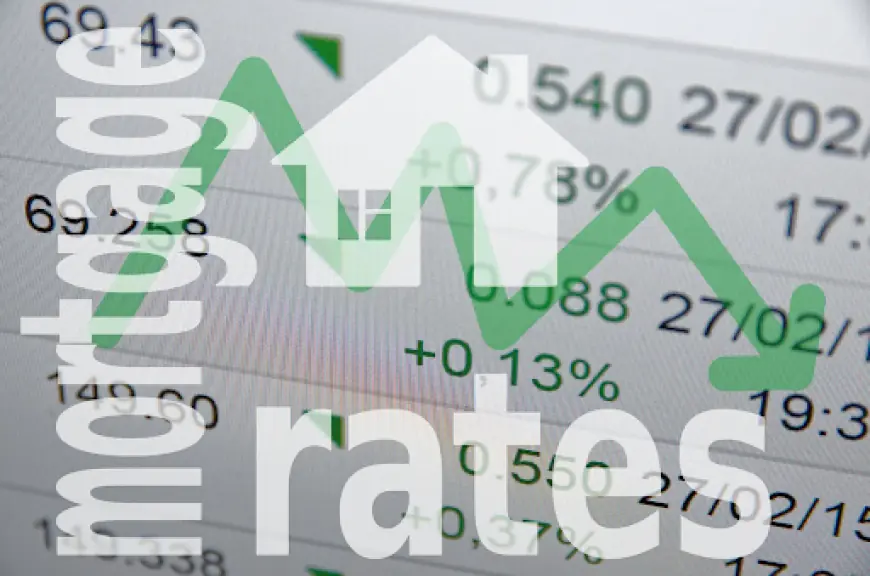How to Choose Between a 15-Year vs. 30-Year Mortgage Loan

When faced with the decision of choosing a mortgage loan, the terms "15-year" and "30-year" are bound to surface. This decision is pivotal in shaping your financial future, influencing your monthly payments, mortgage loan interest rates, and the overall cost of the home. It is therefore crucial to understand the intricacies of both options to make an informed decision that suits your financial situation.
Understanding Mortgage Loans
Mortgage loans are a form of secured loan where the property is used as collateral. They allow individuals to purchase a home without paying the entire price upfront. Instead, homeowners make regular payments over a set period until the loan is paid off. The duration of these payments is referred to as the loan term. The most common loan terms are 15 years and 30 years.
Primary Considerations: Monthly Payments and Interest Rates
One of the most notable differences between 15-year and 30-year mortgage loans is the monthly payment amount. A 30-year mortgage loan generally offers lower monthly payments since the loan amount is stretched out over a longer period. This can make homeownership more accessible for individuals who may have limited monthly cash flow.
On the other hand, a 15-year mortgage loan requires higher monthly payments because the loan is paid off in half the time. While this can be daunting, the advantage is that you build equity faster and pay substantially less in interest over the life of the loan.
Another critical factor is the mortgage loan interest rates. Typically, interest rates for 15-year mortgage loans are lower than those for 30-year loans. Lenders often view shorter-term loans as less risky because of the reduced exposure to potential interest rate fluctuations and economic changes. The lower interest rates result in lower total interest costs over the loan’s lifespan.
Total Cost of the Loan
While the monthly payment is an essential factor, the total cost of the mortgage loan over time is equally important. With a 30-year mortgage, you will end up paying significantly more in interest overall despite the lower monthly payments. This is simply because you are borrowing the money for a longer period.
For instance, consider a $300,000 mortgage loan with an interest rate of 4.5%:
- Over 30 years, you would pay around $547,220 in total.
- The same loan over 15 years at an interest rate of 3.5% would amount to approximately $387,360.
Thus, even though the payments are higher monthly, the overall savings with a 15-year loan are substantial, making it a more cost-effective option for those who can afford the increased monthly expense.
Income and Financial Stability
Your current income and financial stability play a crucial role in determining which mortgage loan term is suitable for you. A 30-year mortgage may provide more flexibility if you have an unpredictable income or expect your financial situation to improve in the future. The lower monthly payment can serve as a financial cushion, allowing you to allocate funds to other investments, savings, or emergencies.
However, if you have a stable income and can comfortably manage higher monthly payments, a 15-year mortgage loan may offer financial benefits in the long run. The more rapid equity buildup and lower overall interest payments can enhance your net worth more quickly, and you will be debt-free sooner.
Future Financial Goals
Consider your long-term financial goals when choosing between a 15-year and a 30-year mortgage loan. If your objective is to minimize debt and become mortgage-free as quickly as possible, a 15-year loan aligns well with this goal. The shorter loan term can be particularly appealing if you are nearing retirement and wish to eliminate monthly mortgage payments.
Conversely, if your goal involves other investments, such as education, business ventures, or retirement savings, a 30-year mortgage loan with lower monthly payments might be more strategic. This approach allows you to diversify your financial activities and potentially earn higher returns elsewhere while still managing your mortgage.
Market Conditions and Economic Factors
Interest rates fluctuate based on broader economic factors, and it’s essential to consider current market conditions when deciding on a best mortgage loans term. In a low-interest-rate environment, locking in a fixed-rate 15-year mortgage can be highly advantageous, allowing you to take full advantage of reduced interest costs.
However, in a higher interest rate market, a 30-year mortgage with an option to refinance later might offer more flexibility. Refinancing can be beneficial if interest rates drop significantly in the future, allowing you to lower your monthly payments or switch to a shorter term.
Pros and Cons Recap
15-Year Mortgage Loan Pros:
- Lower total interest costs.
- Rapid equity buildup.
- Debt-free sooner.
Cons:
- Higher monthly payments.
- Less financial flexibility.
30-Year Mortgage Loan Pros:
- Lower monthly payments.
- Increased financial flexibility.
- Ability to allocate funds to other investments and savings.
Cons:
- Higher total interest costs.
- Slower equity buildup.
- Longer debt term.
Conclusion
Choosing between a 15-year and a 30-year mortgage loan is a multifaceted decision that should be tailored to your financial situation, income stability, and long-term goals. By considering factors such as monthly payments, mortgage loan interest rates, total loan costs, and your future financial objectives, you can make an informed decision that aligns with your unique circumstances.
If you find the decision challenging, consulting with a financial advisor or mortgage consultant can provide personalized guidance based on your financial profile. Regardless of your choice, the right mortgage loan should enable you to achieve homeownership and financial stability while supporting your broader financial goals.
What's Your Reaction?
 Like
0
Like
0
 Dislike
0
Dislike
0
 Love
0
Love
0
 Funny
0
Funny
0
 Angry
0
Angry
0
 Sad
0
Sad
0
 Wow
0
Wow
0
















































